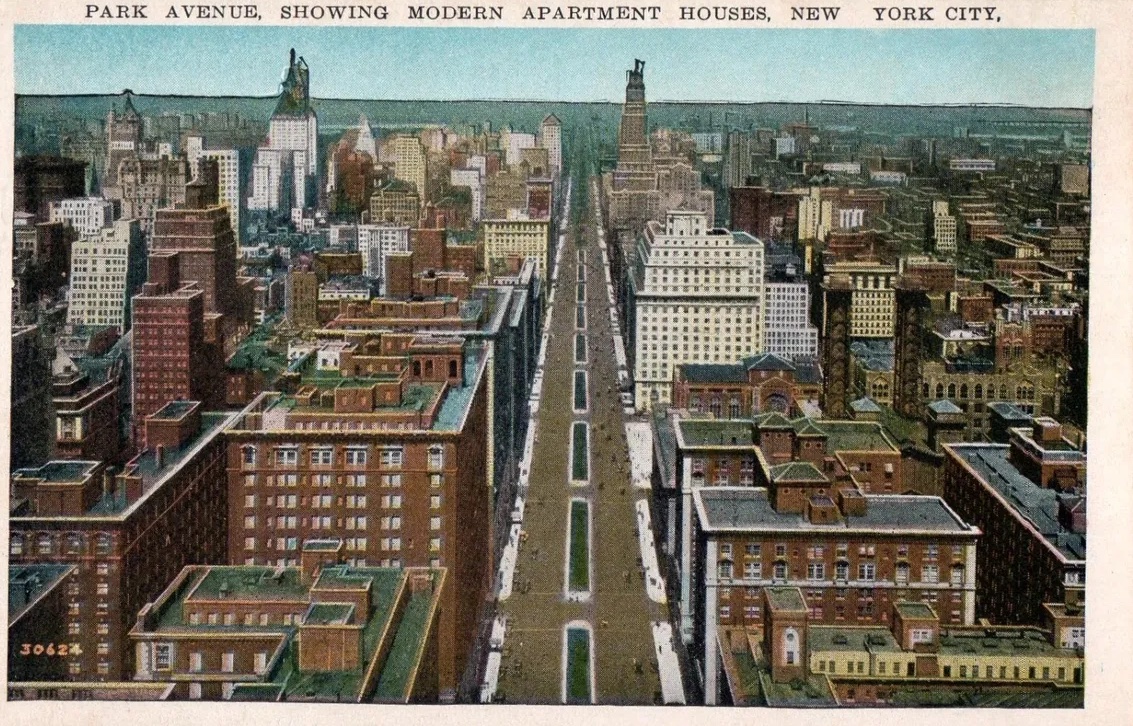The story of a filthy and dangerous train ditch that became one of the swankiest addresses in the world — Park Avenue.
For over 100 years, a Park Avenue address meant wealth, glamour and the high life. The Fred Astaire version of the Irving Berlin classic “Puttin’ on the Ritz” revised the lyrics to pay tribute to Park Avenue: “High hats and Arrow collars/White spats and lots of dollars/Spending every dime for a wonderful time.”
By the 1950s, the avenue was considered the backbone of New York City with corporations setting up glittering new office towers in the International Style — the Lever House, the Seagram Building, even the Pan Am Building.
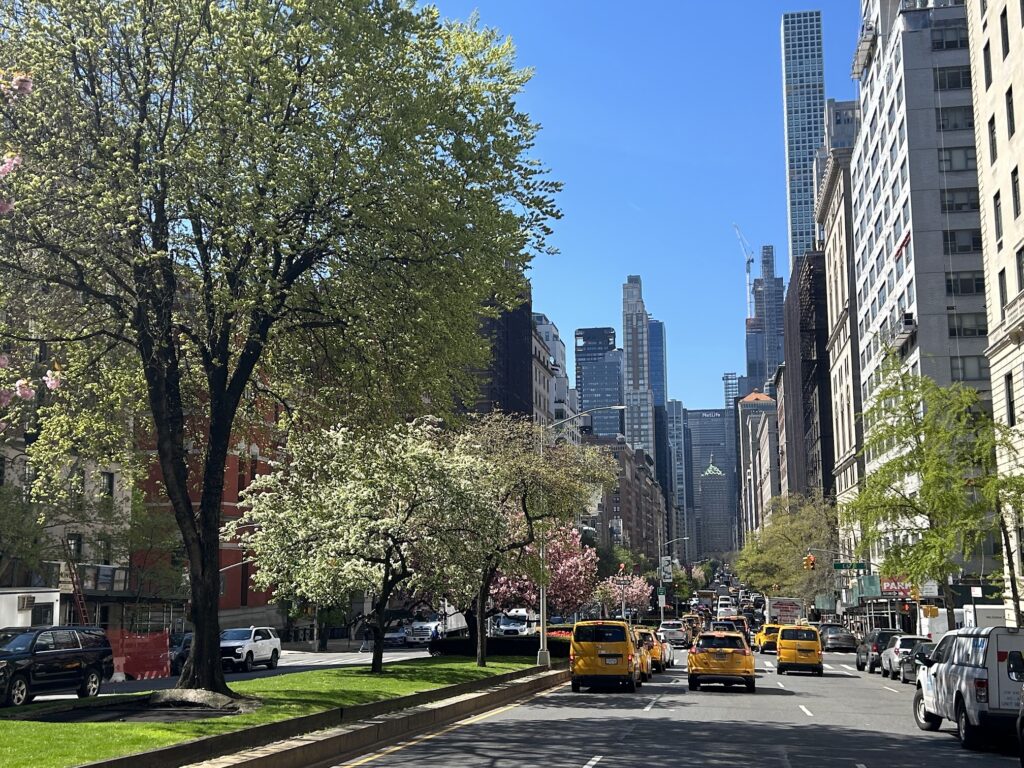
But the foundation for all this wealth and success was, in actually, a train tunnel, originally operated by the New York Central Railroad. This street, formerly known as Fourth Avenue, was (and is) one of New York’s primary traffic thoroughfares. For many decades, steam locomotives dominated life along the avenue, heading into and out of Cornelius Vanderbilt’s Grand Central (first a depot, then a station, eventually a terminal).
However train tracks running through a quickly growing city are neither safe nor conducive to prosperity. Eventually, the tracks were covered with beautiful flowers and trees, on traffic island malls which have gotten smaller over the years.
By the 1910s this allowed for glamorous apartment buildings to rise, the homes of a new wealthy elite attracted to apartment living in the post-Gilded Age era. But that lifestyle was not quite made available to everyone.
In this episode, Greg and Tom take you on a tour of the tunnels and viaducts that helped New York City to grow, creating billions of dollars of real estate in the process.
LISTEN NOW: UP AND DOWN PARK AVENUE
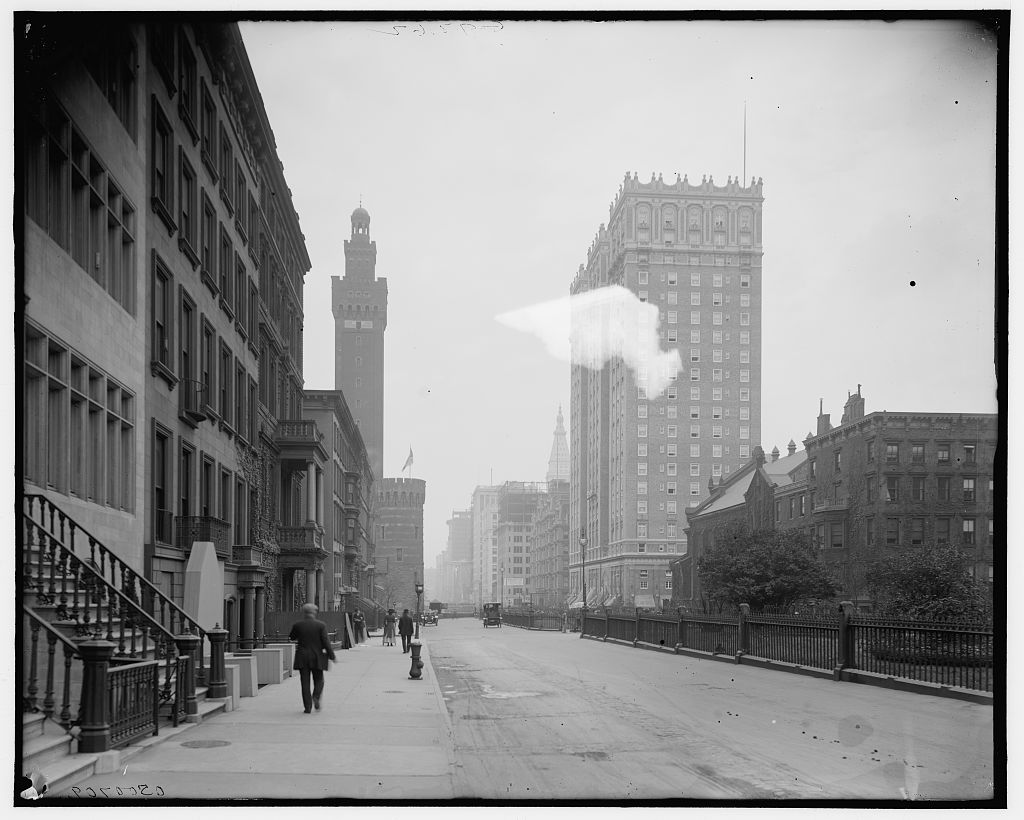
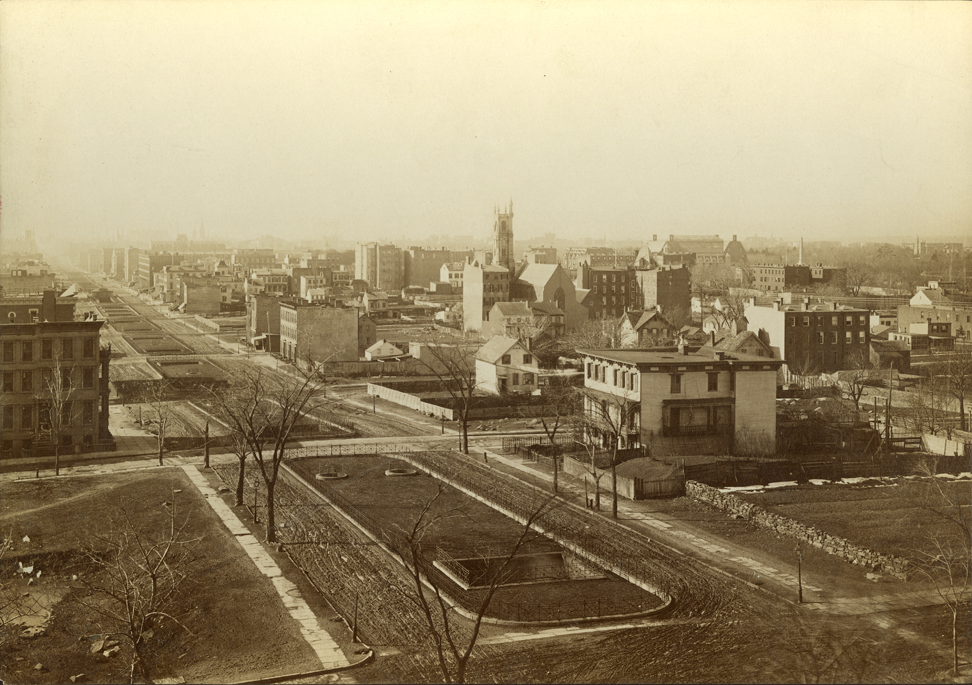
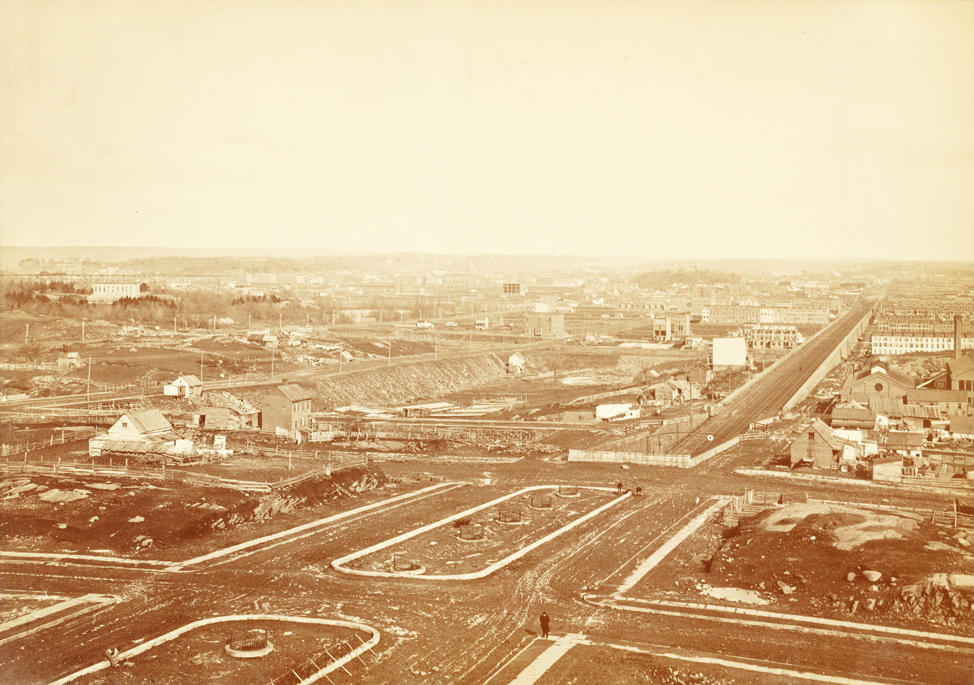
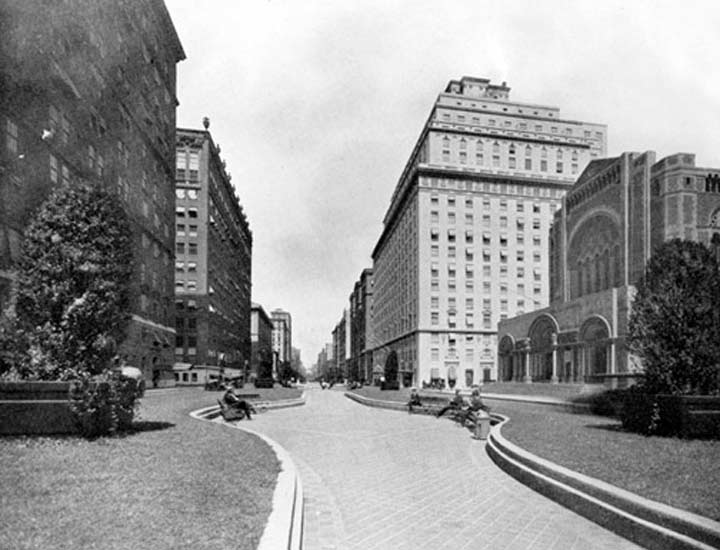
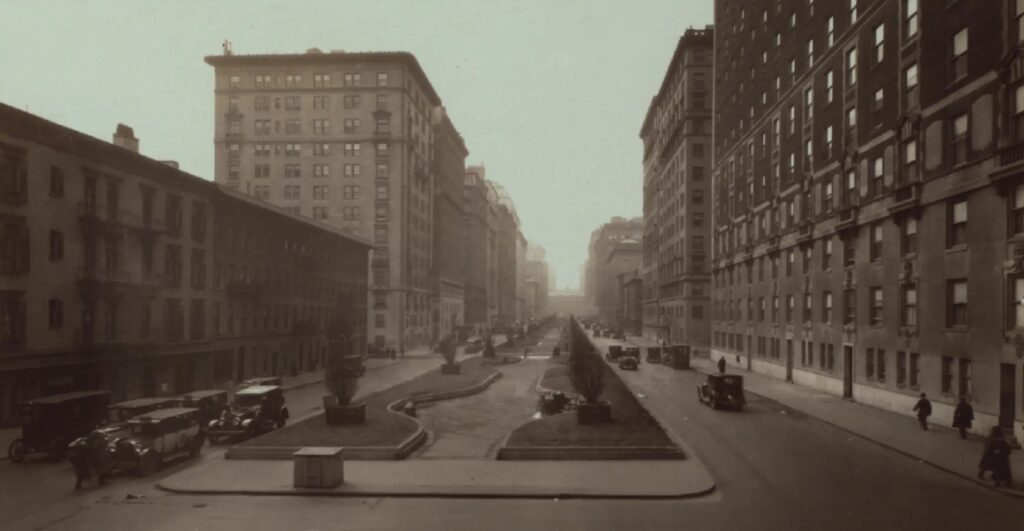
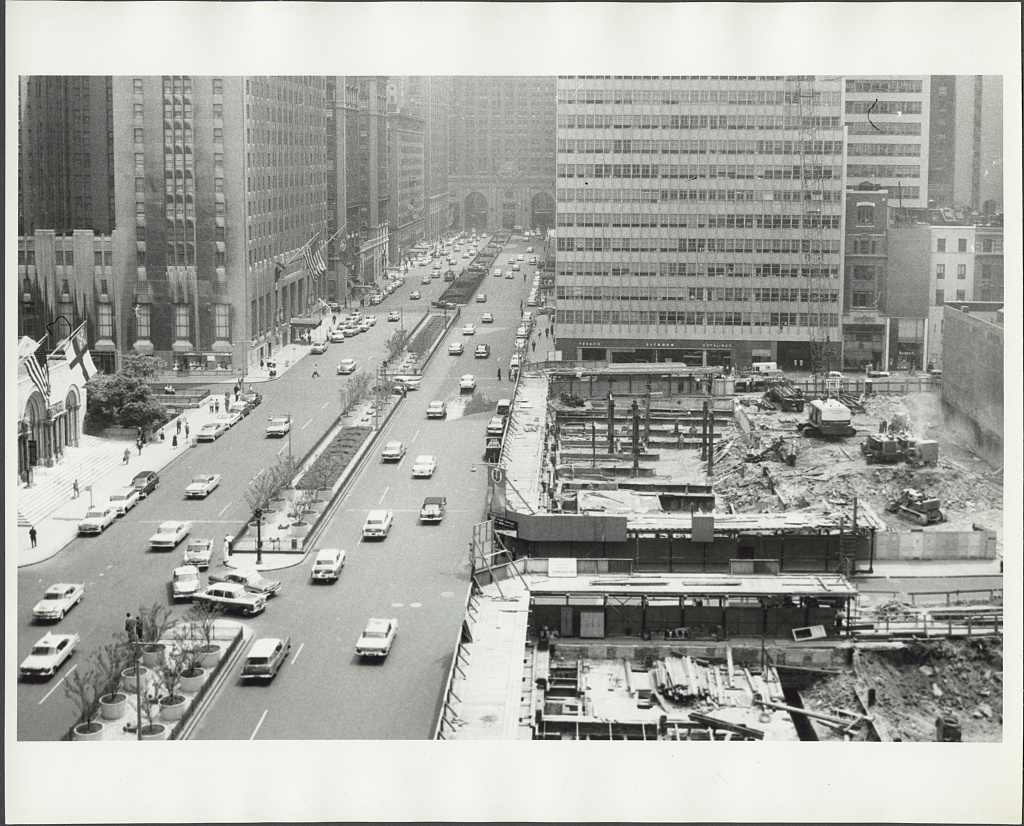
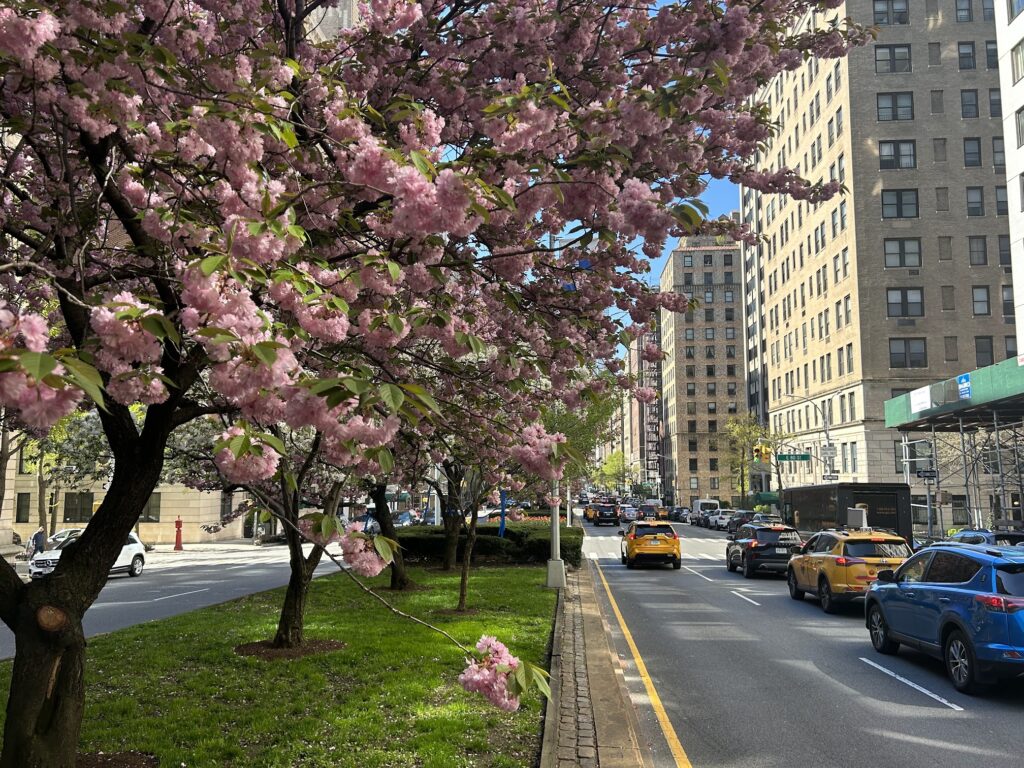
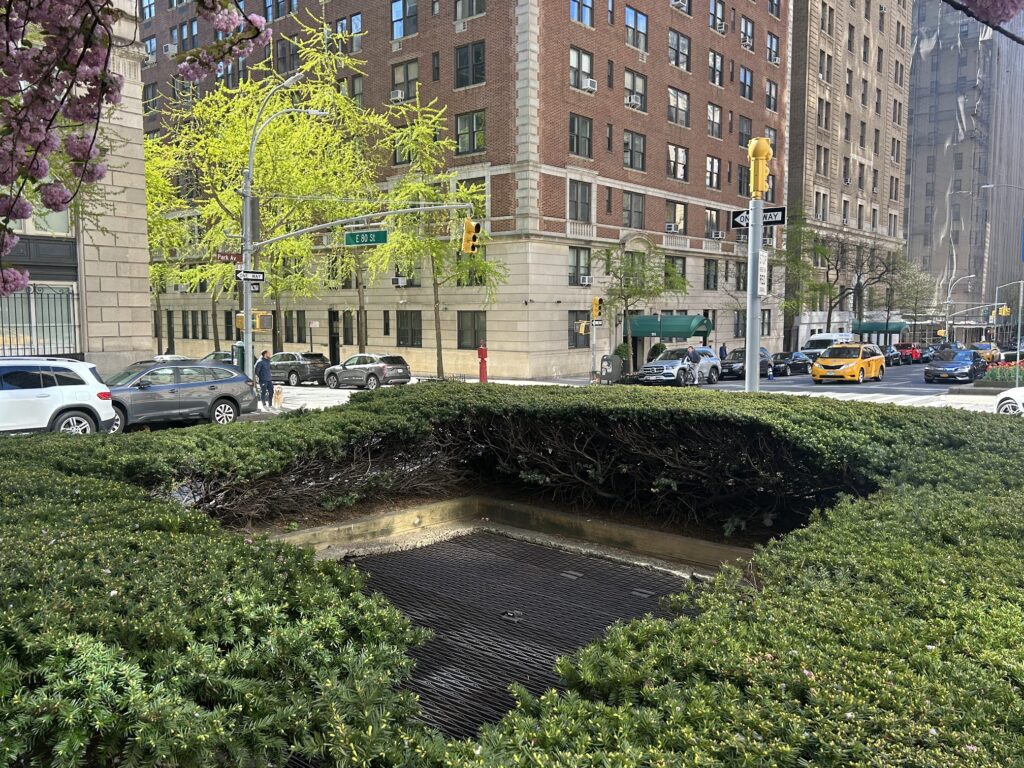
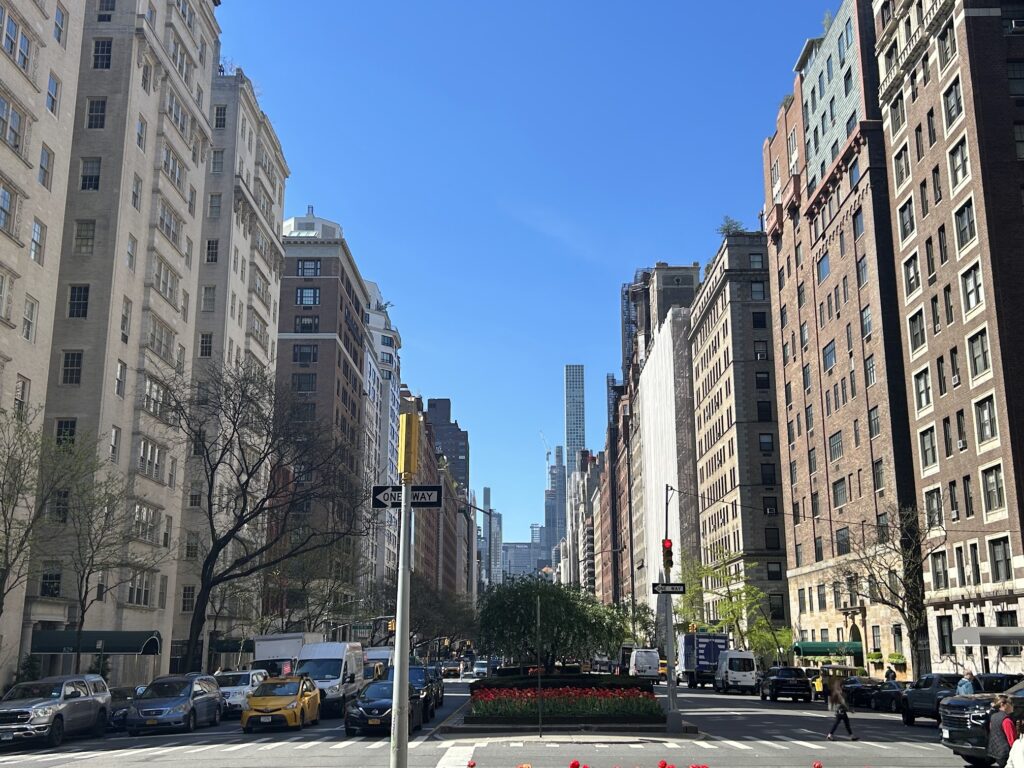
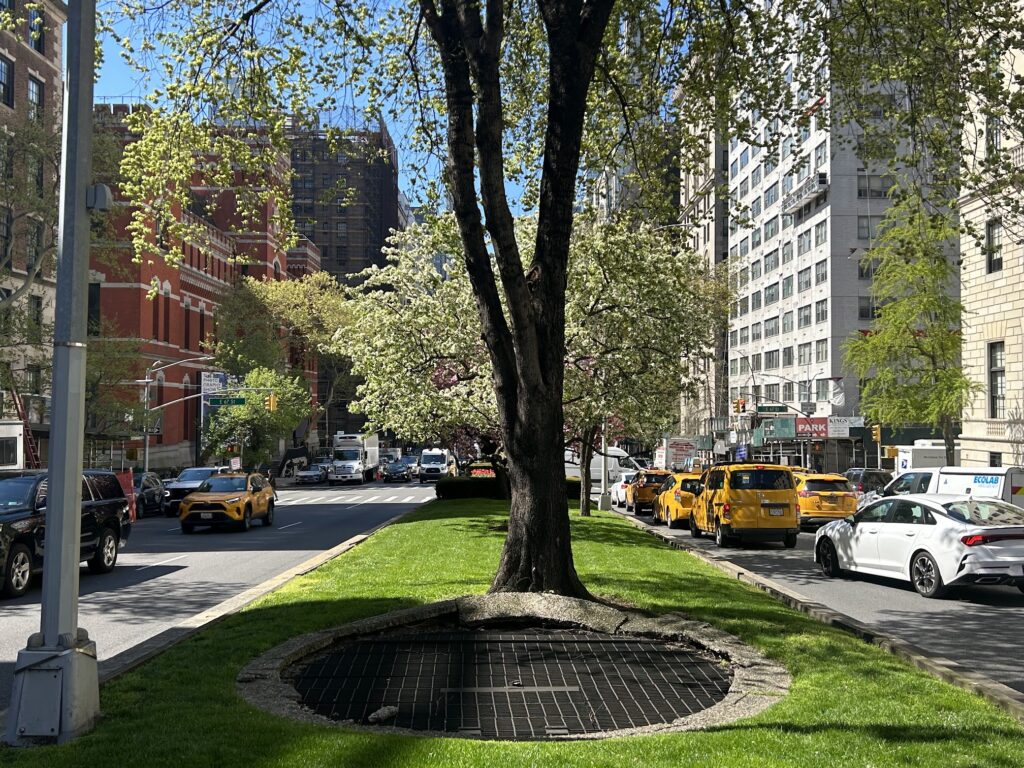
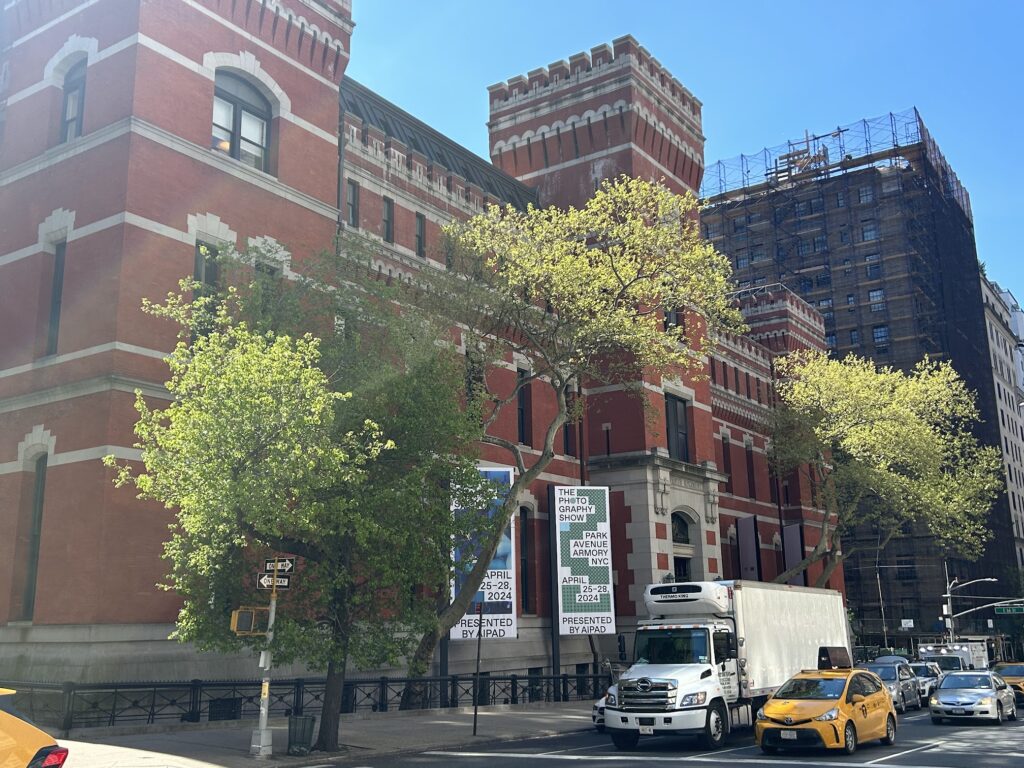
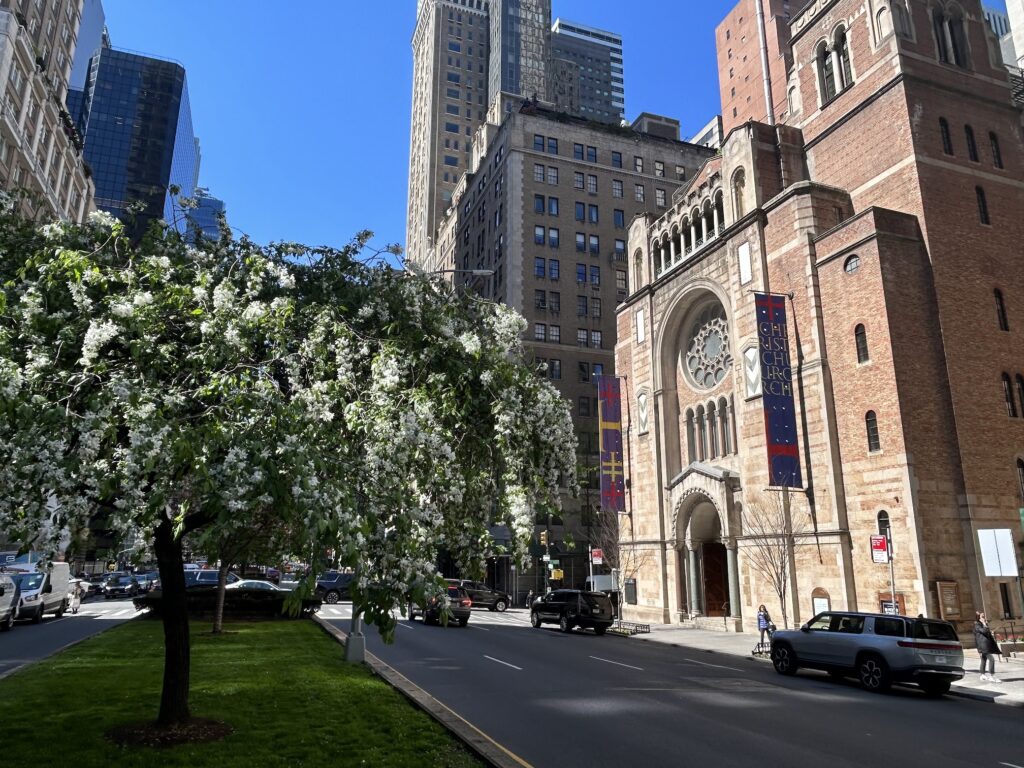
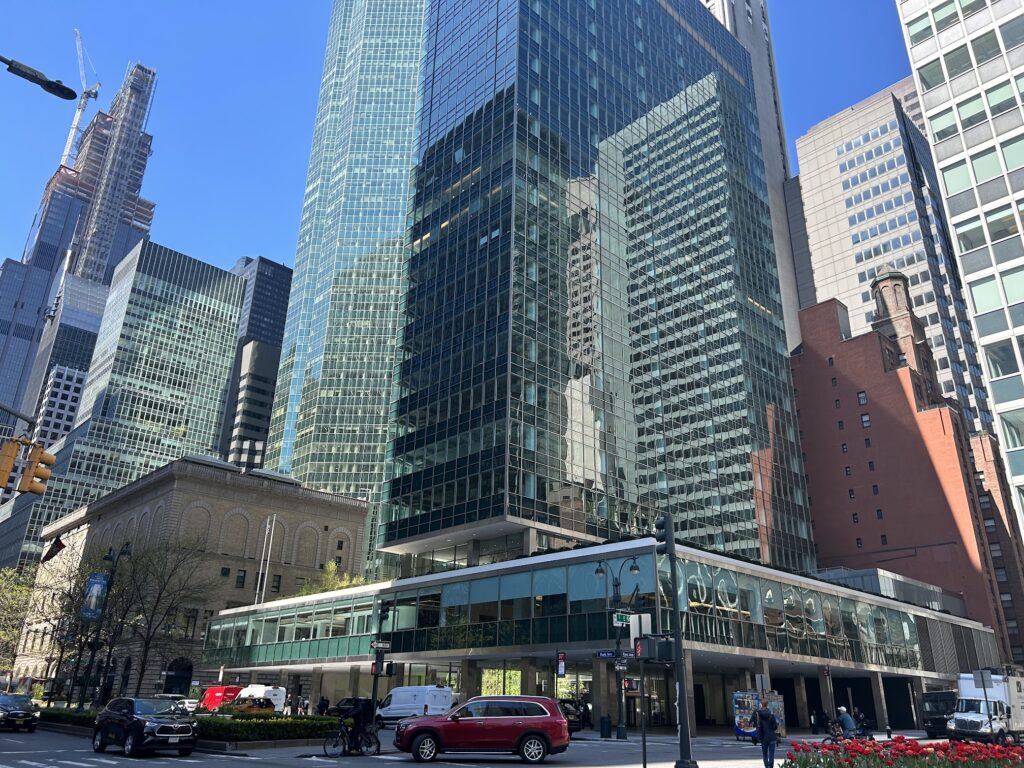
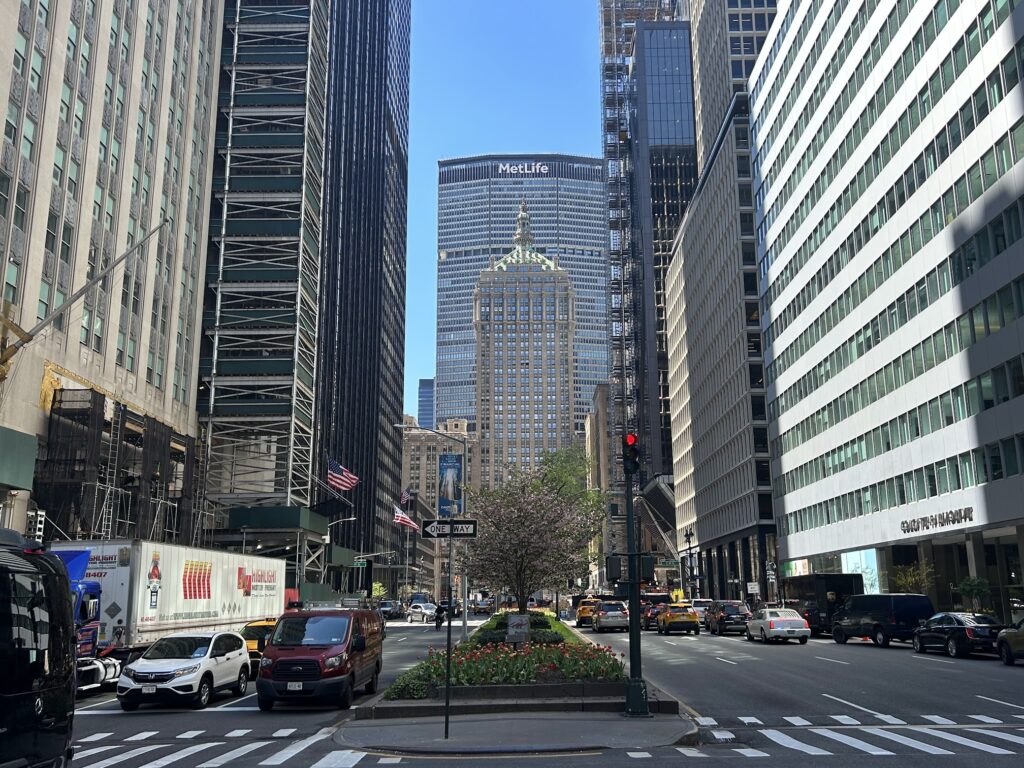
FURTHER LISTENING
Listen to these related Bowery Boys episodes after you’re done listening to the Park Avenue show:
FURTHER READING
This week we’re suggesting a few historic designation reports for you history supergeeks looking for a deep dive into Park Avenue history. Dates indicated are when the structure or historic district was designated
St. Bartholomew’s Church and Community House (1967)
Seventh Regiment Armory/Park Avenue Armory (1967)
Consulate General of Italy (formerly the Henry P. Davison House) (1970)
New World Foundation Building (1973)
Racquet and Tennis Club Building (1979)
Pershing Square Viaduct/Park Avenue Viaduct (1980)
Upper East Side Historic District Designation Report (1981)
1025 Park Avenue Reginald DeKoven House (1986)
New York Central Building (1987)
Mount Morris Bank Building (1991)

